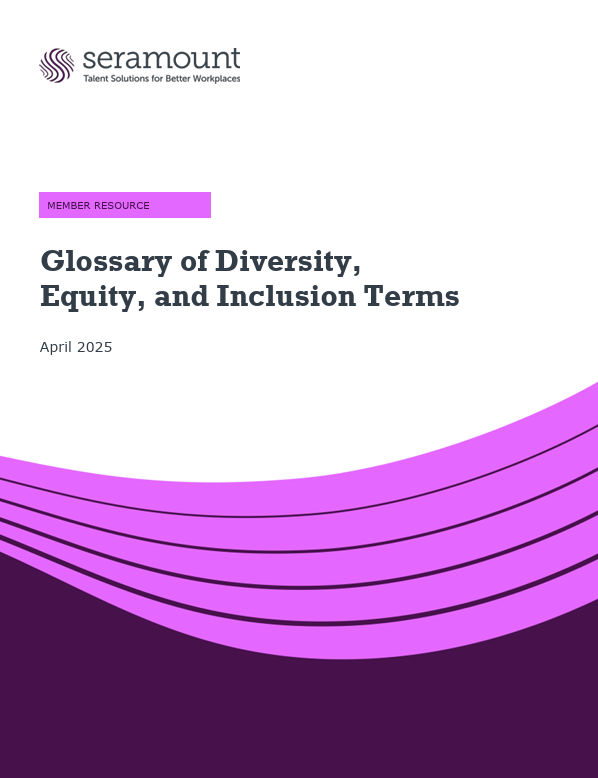Below is a glossary of terms relating to diversity, equity, and inclusion (DEI) that professionals may encounter. It is meant to serve as a starting point for communication, learning, and understanding.

Below is a glossary of terms relating to diversity, equity, and inclusion (DEI) that professionals may encounter. It is meant to serve as a starting point for communication, learning, and understanding.
